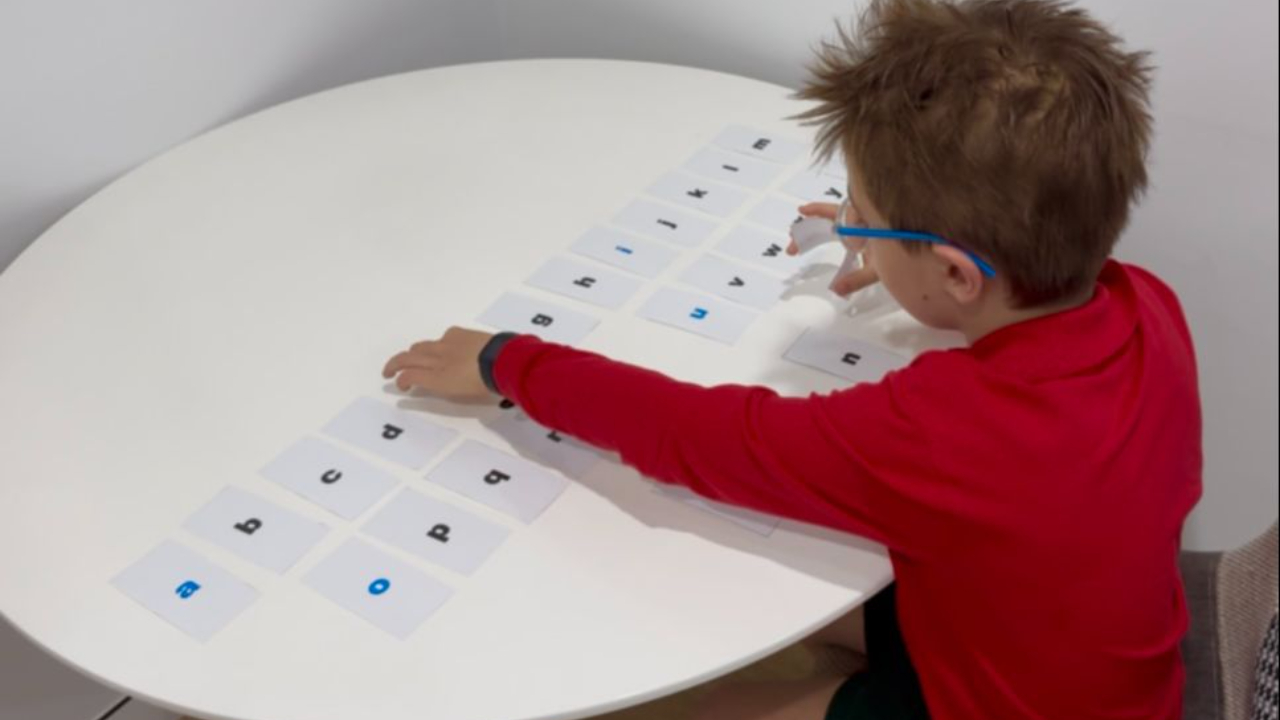How I Help Children With Dyslexia Learn to Read

How My Program Teaches Reading
My approach is research-backed and grounded in three proven methods that work beautifully together to help children learn to read, especially if they’ve been struggling.
- The Orton-Gillingham Approach
This is a structured, step-by-step way of teaching reading that was designed for children with dyslexia. It uses multisensory teaching, meaning your child doesn’t just look at letters — they say the sounds, trace them, hear them, and move with them. This helps the brain absorb and remember what it’s learning. The six principles of the Orton-Gillingham approach are: multisensory, explicit, cumulative, diagnostic, structured and sequential.
- The Science of Reading
This refers to decades of research into how the brain actually learns to read. It shows that reading is not a natural skill— it must be taught in a clear, systematic way. The science of reading backs up what Orton-Gillingham has done for years: explicit, structured, phonics-based teaching works best — especially for struggling readers.
- Systematic Synthetic Phonics
This means teaching children to read by breaking words into their smallest sounds (called phonemes) and blending them together. We do it in a specific, logical order, starting with the easiest patterns and building up. This gives children confidence — they know how to approach a word rather than guess.
Why These Work So Well Together
These three approaches all support each other:
- They are explicit (no guessing),
- Step-by-step (not random or overwhelming),
- And multisensory, so they reach all learning styles.
Together, they form a powerful, evidence-based system to help children not just learn to read, but understand how reading works, and then feel proud of themselves while doing it.

